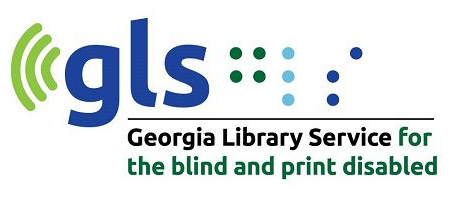Accessible origami
Last summer, for the 2023 GLS Summer Reading Program, some of our staff experimented with writing verbal instructions for a couple of origami projects. Origami, the Japanese art of paper folding, is by definition a tactile activity. Yet most of the time the materials provided for teaching origami and demonstrating the steps of the projects are highly visual. We wanted to explore the possibilities of leading people who are blind or low vision through the process of folding an origami piece by means of descriptive language alone. This proved more challenging than anticipated for the librarian who took on the project — a sighted person with only a beginner’s knowledge of origami. However, it was an educational experience, and trying the instructions out with blind and low vision colleagues at the library proved fun and rewarding.
We started with an origami butterfly project that was provided in the 2023 manual for libraries participating in the Collaborative Summer Library Program (CSLP), a nationwide organization that develops reading- and literacy-based activities and events for public libraries to implement in their local communities. The provided instructions relied heavily on pictures of the folds at each step. Our librarian set out to write some accessible, step-by-step, text-only instructions that could be distributed in large print, audio, and braille.
It took several drafts and more than one test run with colleagues, but we finally ended up with a set of instructions that we thought might work for many people: GLS Origami Butterfly Verbal Instructions (MS Word). We also wrote up some Tips for Origami (MS Word) as a supplement to the project instructions. Later we added GLS Origami Balloon Verbal Instructions (MS Word) for anyone who wanted an additional challenge. The balloon starts out with the same steps as the butterfly, and then goes in a different direction, leaving the folder with a hollow paper cube that they inflate with their breath.
We know that some of our library patrons enjoyed giving origami a try, and we hope it’s a pastime they will consider continuing to explore.
Note: After creating the above instructions from scratch, we discovered that there was already a set of verbal instructions for the same butterfly and the same balloon on the wonderful Accessible Origami website, which is full of all kinds of paper-folding projects described in a text-only format. Check out the steps for the butterfly and the balloon, written by the experts:
- Origami Butterfly by Akira Yoshizawa (text-only instructions)
- Origami Cube or Dice (text-only instructions)
We invite you to try them all and decide which set of instructions makes the most sense to you.
Have you had success with accessible origami, and have some tips to share? What about other hands-on craft activities you have done that can be made inclusive for the blind and print disabled? Send us an email, and maybe we can feature your knowledge in a future blog post!

